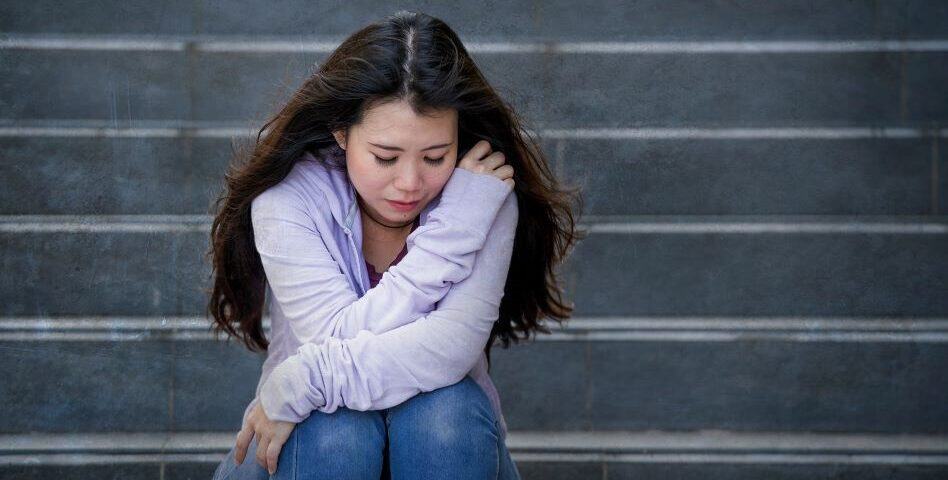
Mentally-passive sedentary behavior and incident depression: Mediation by inflammatory markers
August 23, 2023
Cumulative accelerometer-based sedentary time from childhood through young adulthood with progressive left ventricular remodelling in British youth: a 13-year longitudinal study
September 8, 2023A paper titled “Associations between different types of sedentary behavior and mental health: Gender-stratified analyses among 97,171 South Korean adolescents” was recently published in the Mental Health and Physical Activity. A summary of the article and citation details are re-posted below. The full article can be found here.
ABSTRACT
Background
Sedentary behavior (SB) is known to be detrimental to the overall health of adolescents. However, it is less understood if mental health outcomes differ by different types of SB. The objective of this study was to examine the association between different types of SB and mental health outcomes among South Korean adolescents.Methods
Self-reported, nation-wide, cross-sectional data from 2018 to 2019 Korea Web-based Youth Risk Behavior Surveys (N = 122,923) were used. Different types of SB were categorized into quartiles. Mental health outcomes were dichotomized (yes/no). Multivariate logistic regressions were performed after adjusting for relevant covariates.Results
Of 97,171 (age:12–18yrs; girls:49.4%) eligible adolescents, the overall prevalence of sadness/hopelessness, suicidal thoughts, and suicide plan/attempt were 26.8%, 12.6%, and 4·9%, respectively. Overall, prolonged total and non-academic SB (4th quartile) were associated with sadness/hopelessness and suicidal thoughts for both genders and suicidal plan/attempt for girls only. Academic SB was not associated with any of the mental health outcomes. Prolonged Internet use (4th quartile) was also associated with sadness/hopelessness (OR:1.26, 95%CI:1.19–1.34), suicidal thoughts (OR:1.42, 95%CI:1.32–1.53), and suicidal plan/attempt (OR:1.26, 95%CI:1.13–1.40) among girls, but only with suicidal thoughts (OR:1.24, 95%CI:1.13–1.36) among boys. In contrast, the 2nd and 3rd quartiles of Internet use were inversely associated with sadness/hopelessness (OR:0.91, 95%CI:0.85–0.97, 3rd quartile) and suicidal plan/attempt (OR:0.69, 95%CI:0.59–0.80, 3rd quartile) among boys.Conclusions
Prolonged total and non-academic SB are detrimental to mental health outcomes among Korean adolescents. More consistent negative associations were found between Internet use and mental health outcomes among girls.
CITATION
Goo, S. Y., Lee, T. H., Lim, H., Lee, E.-Y., Kim, J. Y., & Jeon, J. Y. (2023). Associations between different types of sedentary behavior and mental health: Gender-stratified analyses among 97,171 South Korean adolescents. Mental Health and Physical Activity, 25, 100539. https://doi.org/10.1016/j.mhpa.2023.100539




